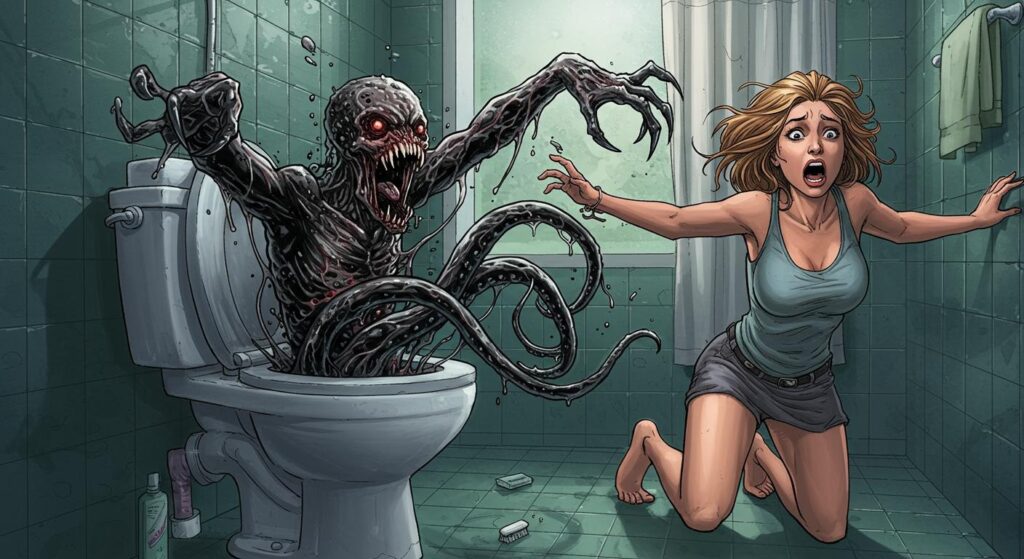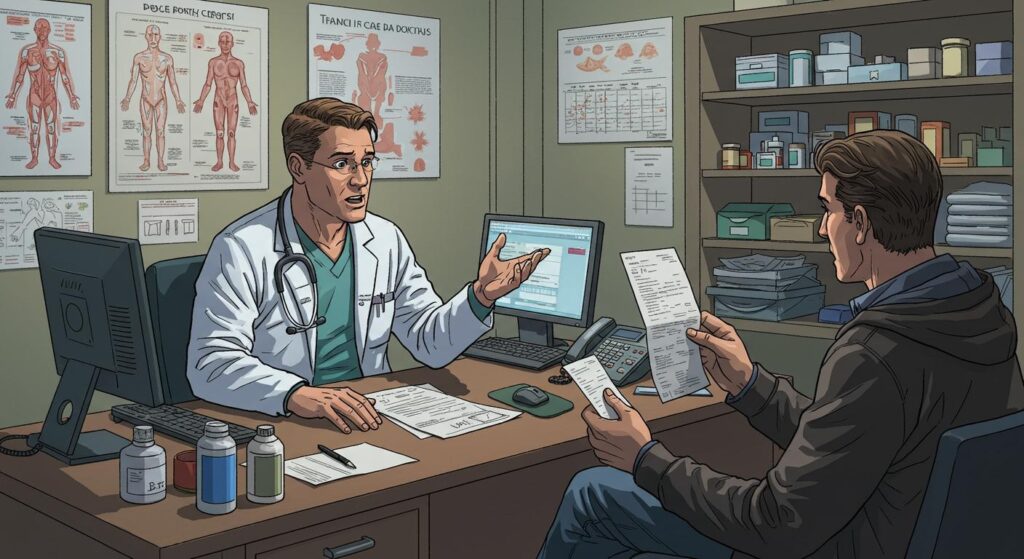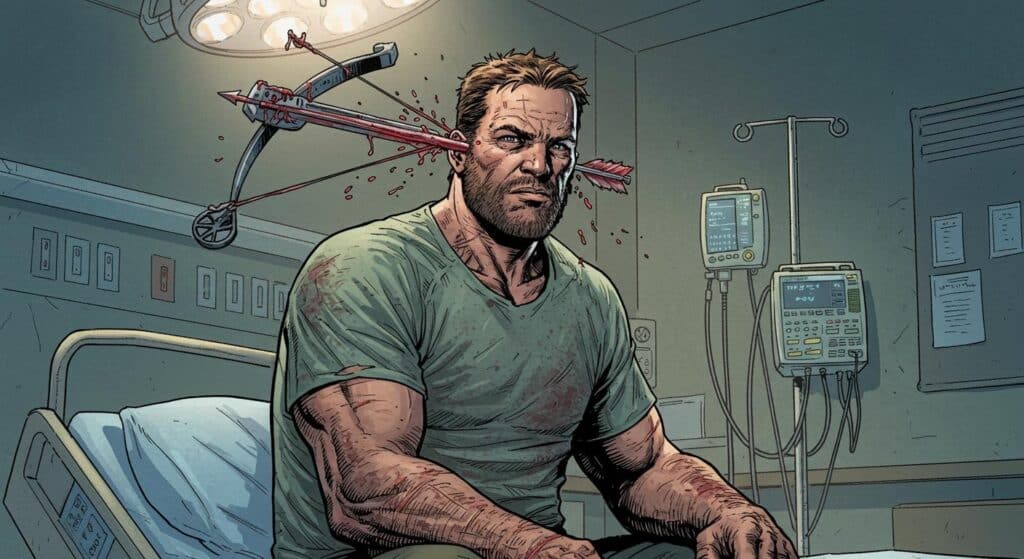Rarely does reality serve up a scenario so squarely at the intersection of procedural medicine and existential nightmare. But then along comes the case of Danella Gallegos—a 38-year-old woman whose life, for all meaningful institutional purposes, was signed, sealed, and nearly delivered to the nearest transplant recipient.
The Nearly Irrevocable Decision
According to a report from NDTV, Gallegos was left comatose by an unspecified medical emergency in Albuquerque in 2022. Her prospects, as explained to her family by hospital staff, were described as hopeless. The family, amid their grief, agreed to donate her organs—possibly the final act of connection they could offer, and an act that, by official U.S. statistics also cited in the article, could potentially save up to eight lives and improve 75 others.
Arrangements were promptly set in motion with New Mexico Donor Services, a group asserting its mission is simply to “connect organ and tissue donations to the patients who need them,” as The Daily Star describes in their own coverage. Donor coordinators moved forward, no doubt armed with their own set of checklists and a keen sense of urgency—a sense only heightened by the nation’s vast organ waiting list (over 103,200 people, per NDTV, with 13 dying every day as they wait).
The Anatomy of a Blink
But just as paperwork and practicalities were about to become destiny, a wrenching plot-twist unfolded. Gallegos’ family detected tears on her face during preparations for surgery. These subtle signals of life were, coordinators flatly told the family, nothing but spinal reflexes—hardly an invitation to revisit anyone’s working definition of “hopeless.”
On the very day of the scheduled operation, Gallegos’ sister, with the kind of doggedness that doesn’t make it into medical textbooks, squeezed her hand and saw movement. In a detail highlighted by The Daily Star, a doctor, likely running out of ways to triangulate between science and gut instinct, simply asked Gallegos to blink. She did. Each source, including NDTV and Runews24, confirms that this blink signaled clear conscious awareness. Suddenly, the gears grinding toward surgery seized up entirely.
Described in several accounts, there was significant pressure from donor coordinators to proceed—NDTV, quoting The New York Times, reports that morphine was even suggested to subdue further “inconvenient” movement. Doctors, fortunately, chose to pause the process, refusing to continue despite these alleged urgings. The consequences of their skepticism were nothing short of lifesaving: Gallegos ultimately regained consciousness and made a full recovery.
Follow-Up and Fallout
Reflecting on her ordeal, Gallegos told The Times (as cited in both NDTV and The Daily Star), “I feel so fortunate. But it’s also crazy to think how close things came to ending differently.” And one can hardly argue that “crazy” is much of an exaggeration in this instance.
The issue has triggered a formal investigation. Gallegos filed a complaint with the Department of Health and Human Services—a fact confirmed by NDTV—prompting a quiet but pointed look into how very nearly the boundaries of life and death were misread. Both donor services and hospital officials insist they played only their proper roles: New Mexico Donor Services, for their part, deny interfering in medical decisions; as previously reported in The Daily Star’s article, Presbyterian Hospital pointed back at the donation team as the lead agency throughout the process. It’s a scenario reminiscent of those classic “the butler did it” mysteries, only here everyone claims they weren’t holding the candlestick at all.
Not the Only Case in the Folder
Remarkably—or perhaps more unsettlingly—this isn’t an isolated occurrence, as NDTV documents. In Kentucky, Thomas ‘TJ’ Hoover II was similarly declared brain dead and prepped for surgical organ retrieval, only for staff to discover alarming signs of life, including visible movement and crying. The Kentucky Organ Donor Affiliates denied any push to proceed in that case as well, but the tale rhymes hauntingly with Gallegos’s experience. In yet another referenced event, Misty Hawkins’ heart was discovered still beating at the start of surgical removal—though, tragically, she did not pull through.
A pattern emerges, however faint, of families and healthcare professionals occasionally glimpsing life where protocols say none remains. Block quotes almost write themselves: As an intensive care nurse at Presbyterian told The Daily Star, “All they care about is getting organs. They’re so aggressive. It’s sickening.” Is this simply the price of efficiency in a world where organs are always in desperate demand? Or does it hint at an ethical Rubik’s Cube with a few squares out of alignment?
Margins, Mysteries, and the Library of Edge Cases
Alex Harper (in spirit, not citation, as per our instructions) can’t help but be drawn to oddities lingering in medicine and history—those stories of grave bells, old folklore about the slippage between here and gone, and, in this era, the bureaucratic forms that decide who truly “isn’t coming back.” What separates a modern near-miss in an ICU from a Victorian being buried with a string on their finger and a bell outside their coffin? Both are last-ditch hedges against the not-quite-unimaginable.
If these moments are rare, they’re rare enough to command official after-action reports and, in the meantime, a lingering doubt: How final is final, really? Are we prepared for the possibility that, just when all the data points one way, a basic, human observation—a tear, a squeeze, a blink—can upend our certainties? It’s a margin that feels small but may never truly vanish.
You have to wonder, in a world increasingly governed by algorithms and protocols, how many close calls quietly slip by, dismissed as anomalies or “just a reflex.” How often do we depend on a loved one’s persistence to keep the story from ending a page too soon?
Sometimes, progress boils down to the most low-tech measure imaginable—someone keeping an eye out for one last blink. The protocol-makers may file it away, but for the rest of us, it’s just another reminder that the margins of life are still, as ever, under review.







